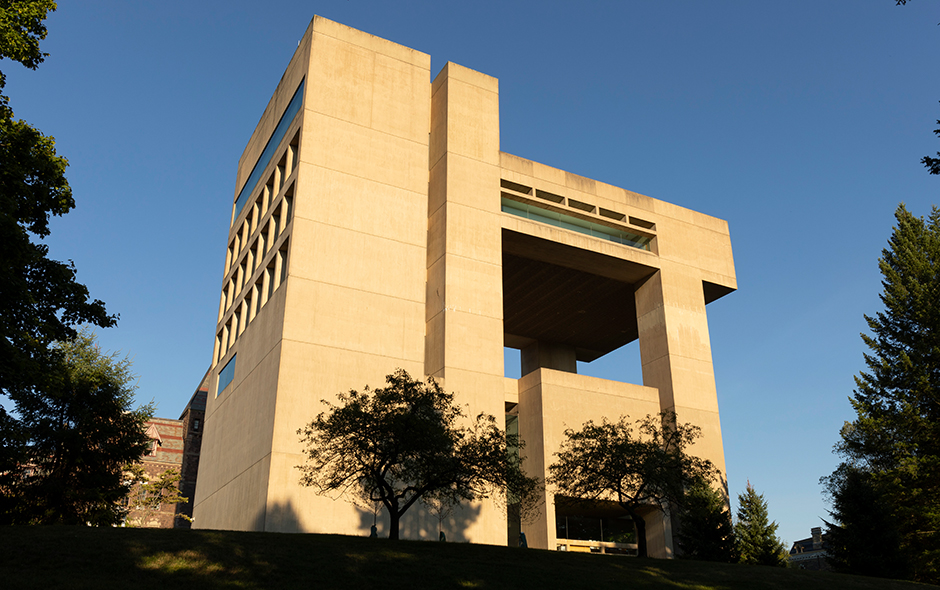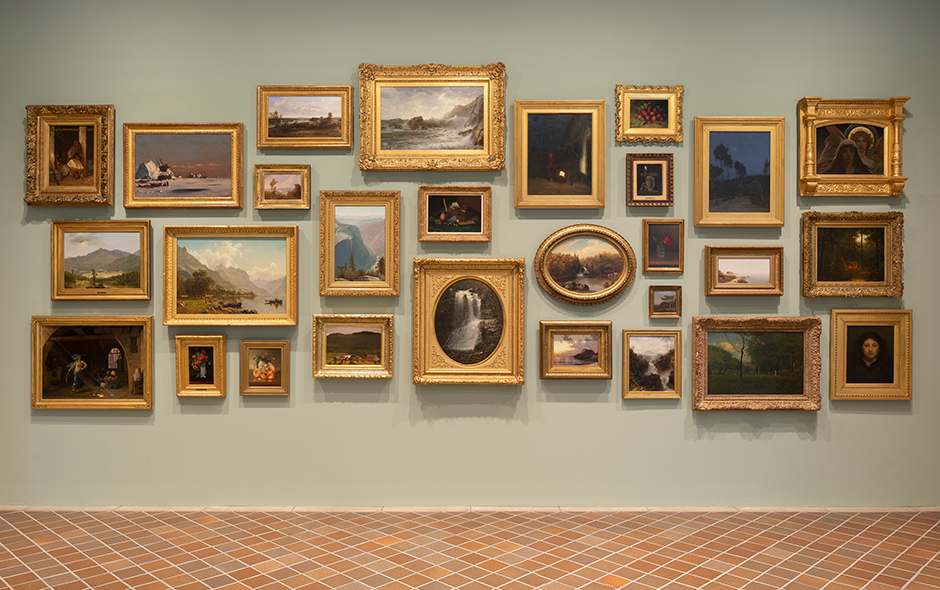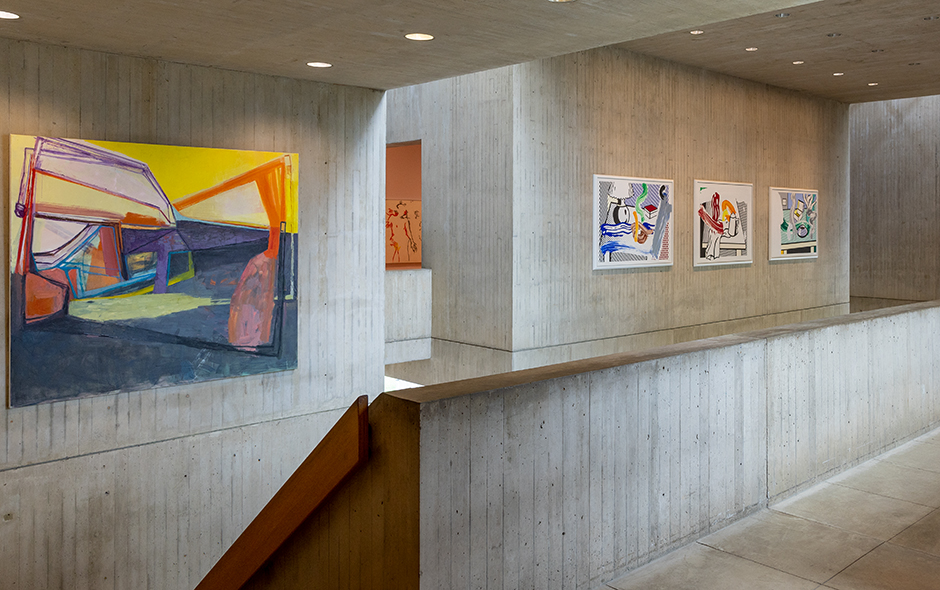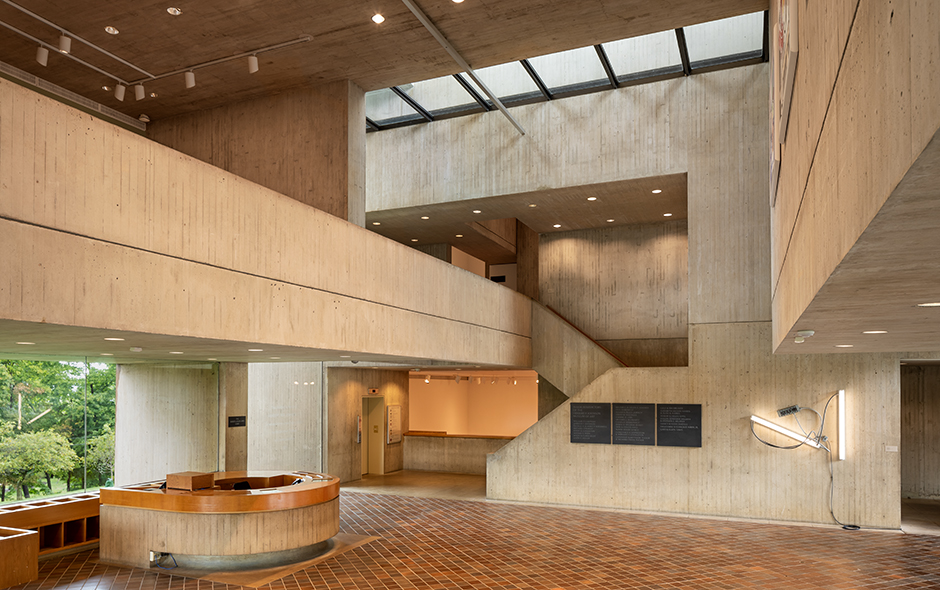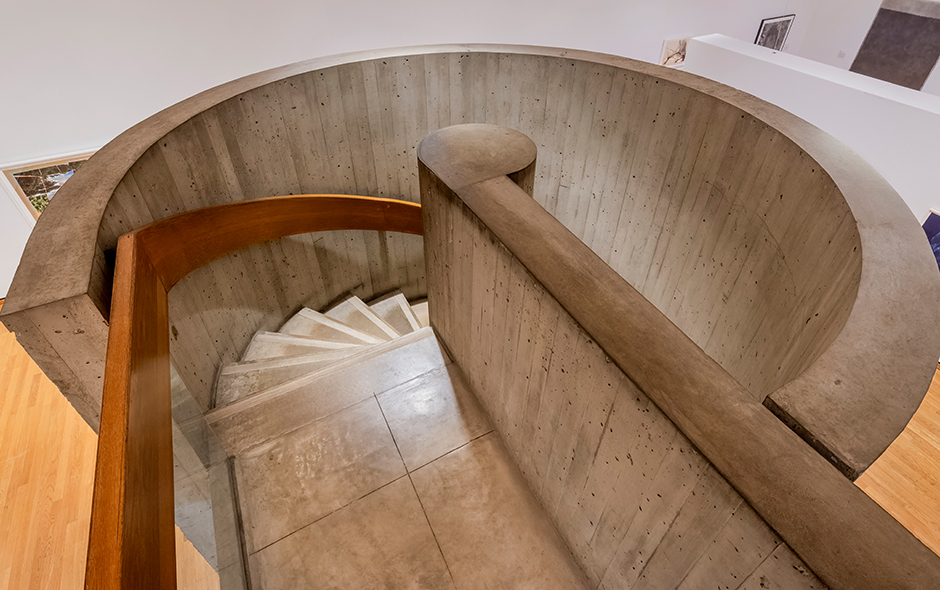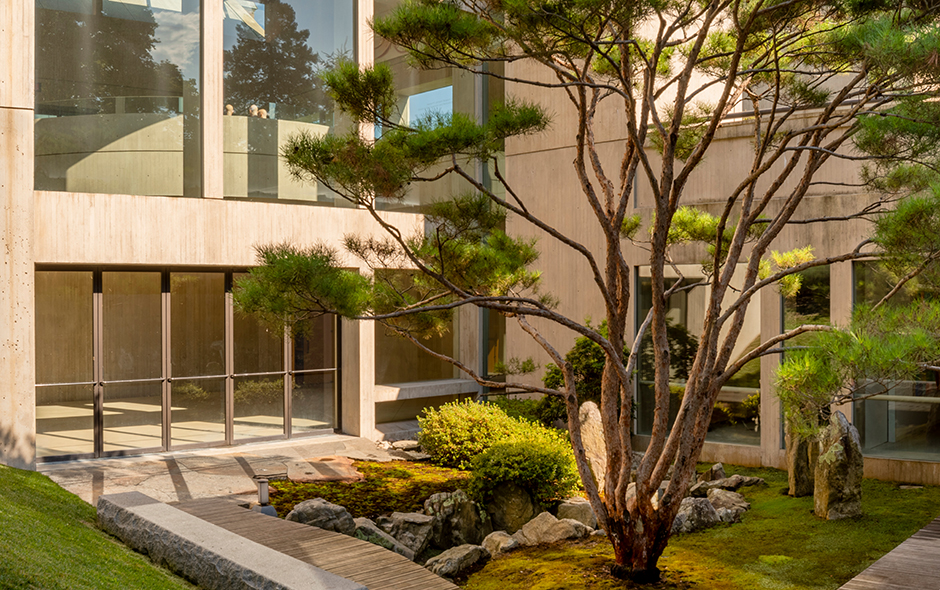
Object Details
Artist
Isoda Koryusai
Date
ca. 1770
Medium
Color woodblock print
Dimensions
26 1/2 × 4 1/2 inches (67.3 × 11.4 cm)
Credit Line
Acquired through the George and Mary Rockwell Fund
Object
Number
2014.015
In the eighteenth century, pictures of bijin (beauties), many of them women of the pleasure quarter,(…)
In the eighteenth century, pictures of bijin (beauties), many of them women of the pleasure quarter, were widely distributed by the ukiyo-e printing houses. The popularity of such images brought fame to artists such as Suzuki Harunobu (ca. 1725–1770) and his pupil Koryusai. Koryusai became a master of the pillar print (hashira-e), using the elongated format to great effect. Because of the way that these prints were used and displayed on the pillars in a house, very few survived, so it is possible that this print might be the only remaining one of this particular design. The artist enhances the sensuality of the scene by depicting the woman behind sheer mosquito netting, which has been executed with astonishing aplomb by all the artisans, from designer to woodblock carver to printer, whose skills joined in the making of this print.Most prints of the ukiyo-e tradition, including the vast majority in the Johnson’s collection, were made in a standard size and format known as oban, but this is a rare and exquisite example of the tall, narrow pillar format that reached its height of popularity in the late eighteenth century. (“Highlights from the Collection: 45 Years at the Johnson,” curated by Stephanie Wiles and presented at the Johnson Museum January 27–July 22, 2018)



